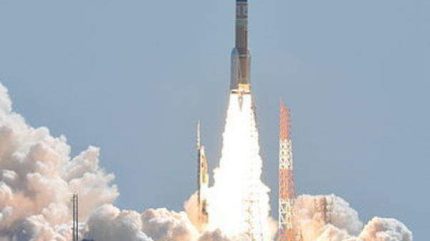
The Japan Aerospace Exploration Agency (JAXA) has received telemetry data from the second Greenhouse gases Observing Satellite-2 (GOSAT-2), Ibuki-2.
The data received by the agency confirms that the satellite attitude control system had transitioned to a stable state.
Following the satellite’s separation from the launch vehicle, other operations, including power generation that supports its operation by the deployed solar array wings, ground communications and sound attitude control, occurred.
With the completion of the range of other operations, the Ibuki-2 satellite could successfully sustain itself in orbit, completing the critical operations phase of the system.
The conclusion of this phase will move the GOSAT-2 system on to the next operations phase, in which the functions of the satellite’s on-board apparatus will be examined and evaluated over the next two and a half months.
Ibuki-2 is co-developed by JAXA, the Japanese Ministry of Environment and the National Institute of Environmental Studies, Japan.
On 29 October, the H-IIA Launch Vehicle No. 40 (H-IIA F40), encapsulating the second GOSAT-2 system, was successfully launched by Mitsubishi Heavy Industries and JAXA from the Tanegashima Space Centre in Japan.
Besides IBUKI-2, the KhalifaSat remote-sensing Earth observation satellite was launched from the H-IIA F40 launch vehicle.
KhalifaSat is the first Emirati satellite that has been entirely developed by local engineers at the facilities of Mohammed Bin Rashid Space Centre (MBRSC) in the UAE.


